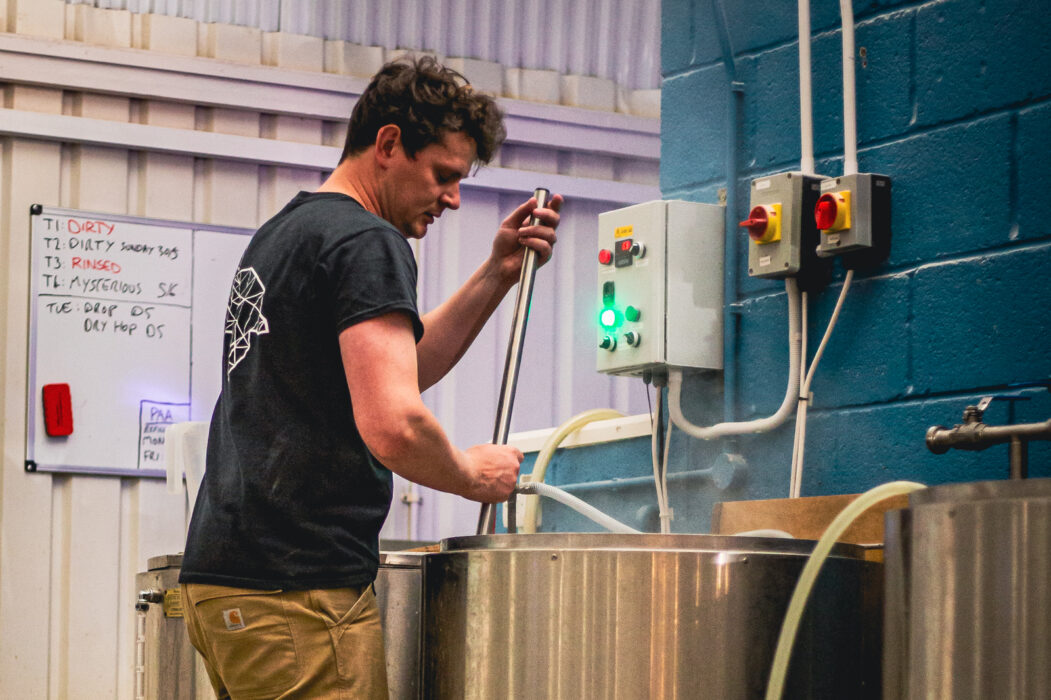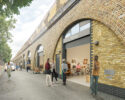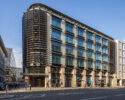Why do railway arches make popular spaces for independent brewers?
04/09/2023
Independent brewers have faced a tough few years. In 2020 the Covid pandemic caused a sharp decline in production, from which the industry is still recovering. Overall sales have not yet reached pre-pandemic levels and the cost-of-living crisis has not helped, as consumers cut back on discretionary spending.
However, the number of brewers based in railway arches has increased since before the pandemic, going from 85 in 2019 to 87 now.
Friends Ed, George and Pelin opened Little Martha Brewing in a railway arch in St Phillips, Bristol, in December 2021. Here, Ed from Little Martha helps us look at the reasons why properties under the viaduct, which tend to be small, well-located, and affordable, are proving to be popular spaces for independent brewers:
- Location. “Our location was a real draw for us, being close to Bristol Temple Meads station and major employment centres along with the great local residential community means we have a really good mix of customers.”
Most of The Arch Company’s 5,200 properties are in or near cities or major urban centres like London, Manchester, Birmingham, Leeds, Newcastle, and Bristol. Some are on industrial estates, making them ideal for production only, whereas others are near stations and residential properties meaning good levels of footfall for breweries with a taproom.
- Affordable. “Starting a new business at a difficult time, we needed to find an affordable premises to give us the best chance of success. A sensible rental cost helps us to stay sustainable in the long term too.”
Most of The Arch Company properties cost between £15,000 £50,000 a year to rent, depending on size, location, and condition. This makes them popular for small businesses like independent brewers who might only need a small amount of space or are taking on their first commercial property.
- Flexible. “Brewery in a railway arch? The council planning department were straight on board.”
Most railway arches are let in ‘white box’ condition, which means that they can be used for a multitude of purposes. Historically most of them have an industrial planning use, which means they can be used immediately for production or other light industrial activity. It is often possible to include a taproom, subject to local authority planning and licensing. The ground floor access and open plan nature of the arch with a roller shutter door means loading and unloading supplies is usually straightforward.
- Temperate.“As well as the advantages of stable temperatures on the production side, it’s great to be able to offer customers both a cosy hideout in winter and a cooling respite from summer heatwaves without having major energy expended on heating or cooling the space.”
The even temperatures under railway arches make them popular with brewers, bakers and florists. Many arch spaces are unconditioned, meaning there’s no attempt at control of temperature or humidity, just like a garage or cellar. The railway viaduct acts as a heat sink, so the space remains fairly cool in the summer and not too cold in the winter. The bricks warm up over the summer months then release some of their warmth when the weather gets colder.
- Distinctive. “Although there’s plenty of other breweries in arches, a railway arch was the perfect place to make our own unique space – arches provide a great combination of a blank canvas and a sense of regenerating an old location.”
An arch makes a distinctive space to locate a taproom, with the curved shape of the roof, the occasional train running overhead, and the Victorian brickwork all adding character.
- Community-focused. “Most of the other arches on our street are filled with other independent businesses, which is something we love being part of and provides great opportunities to work with them as well as with the wider local community.”
Most businesses in railway arches are located next to other small businesses – fellow arch occupants – and typically serve a very local customer base. Eight out of 10 consumers say a well-run independent brewery has a positive effect on its local community, and 98% of SIBA (Society of Independent Brewers Association) brewers consider their local community to be important to them, so arches are often the perfect fit.
- Sustainable. As well as the low energy costs associated with unconditioned space, the age of the arches makes them a very sustainable type of property. They were built approximately 150 years ago and have been reused and repurposed many times since, giving them very low levels of embodied carbon compared to equivalent new build space. For businesses concerned about their carbon footprint, the sustainable nature of the space is an extra selling point.
Photo credits Tim Wilkey



